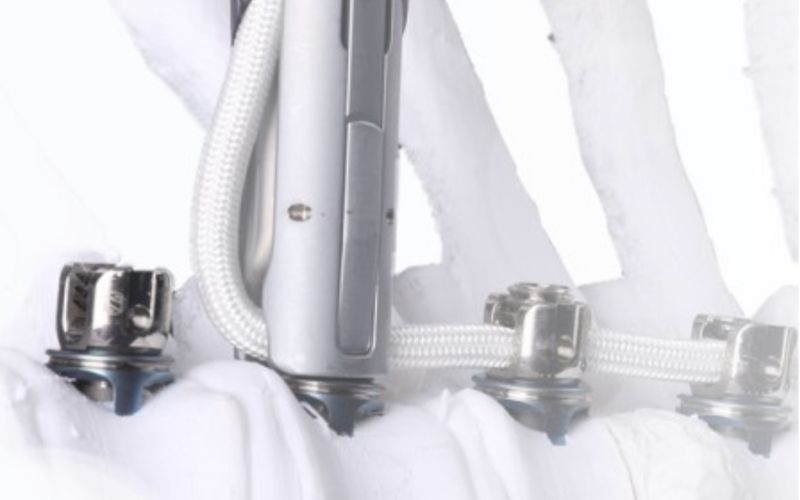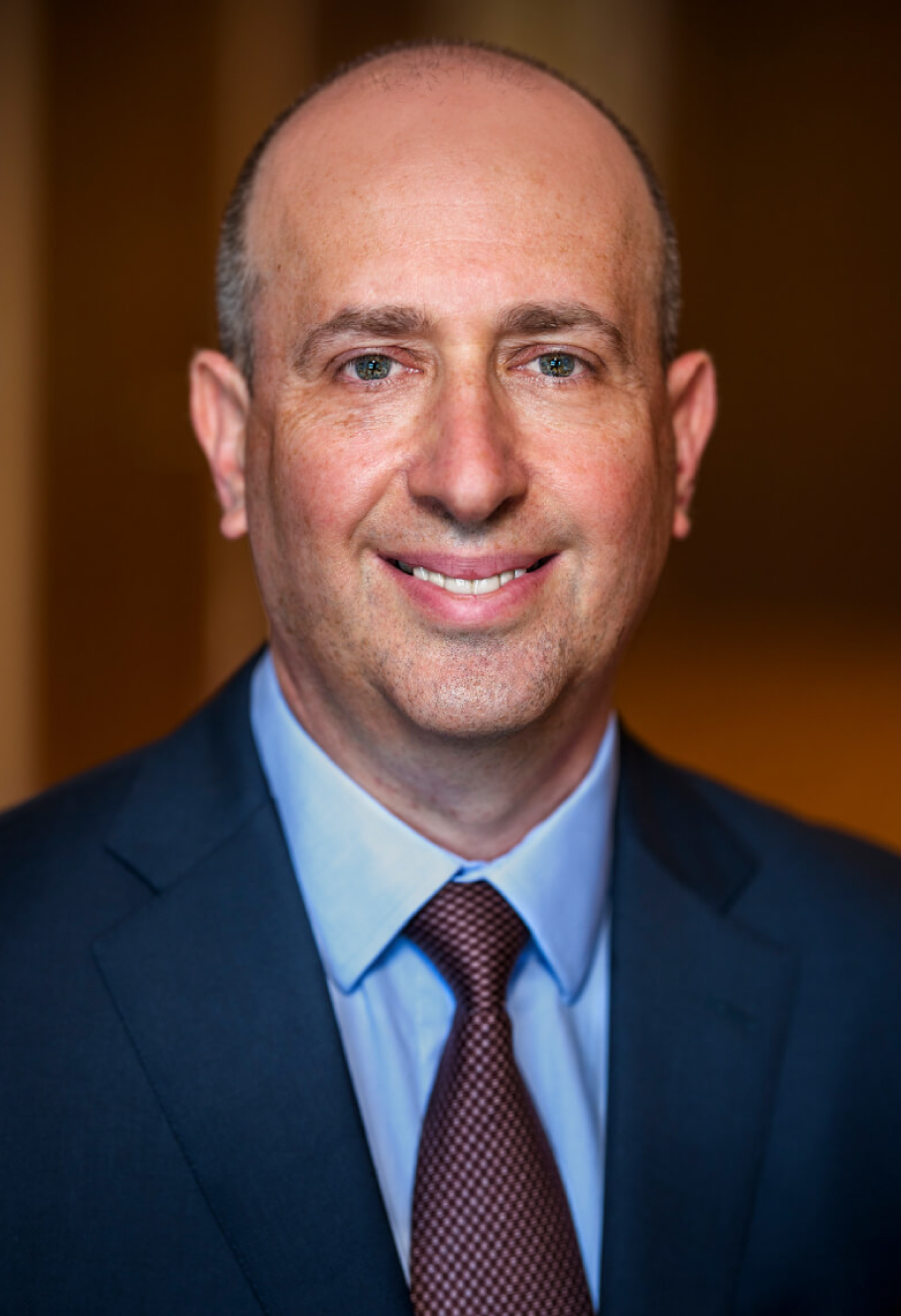Redefining Scoliosis Surgery with Vertebral Body Tethering at Morristown Medical Center
SPONSORED BY MORRISTOWN MEDICAL CENTER
Scoliosis is a condition that is characterized by an abnormal curvature of the spine. Severity of the curvature, age of the individual, and the underlying cause of the conditions all factor into clinical management. Treatment options range from bracing, physical therapy, and in other cases surgery, traditionally treated through spinal fusion. Morristown Medical Center’s Orthopedic Department is revolutionizing scoliosis treatment by offering patients an innovative technique to surgery known as Vertebral Body Tethering (VBT). VBT offers a flexible alternative to patients that preserves spinal motion.
At Morristown, Jason E. Lowenstein, MD, Director of Scoliosis and Spine Deformity, leads Atlantic Health System’s surgical team in VBT minimally invasive spine surgery. Using Zimmer Biomet’s VBT System, The TetherTM, Dr. Lowenstein is focused on preserving spinal motion to avoid spinal fusion surgery when clinically indicated. Dr. Lowenstein works closely with Thoracic Surgeon Federico Steiner, MD to perform this minimally invasive, endoscopic scoliosis surgery. Currently, only 25 centers in the United States are actively performing Vertebral Body Tether. This highlights the cutting-edge work being done by the Orthopedic Department at Morristown Medical Center. The department, led by Chairman James Wittig, MD, boasts an extraordinary blend of quality, dedication, and expertise, performing over 12,000 orthopedic surgical procedures in 2023 alone.

New Solutions Vertebral Body Tethering
Dr. Lowenstein explains that VBT involves the insertion of implants into the spine to correct scoliosis while maintaining spinal flexibility. Unlike traditional spinal fusion, which immobilizes the spine, VBT utilizes a flexible cord and screws along the convexity of the curve to allow controlled movement. Lowenstein shares, “you can compress along the outside of the curve to get correction or straightening of the spine – but you still allow for motion. When the child grows up and gets older, they hopefully maintain motion across those segments. This allows them to be more active early after surgery and hopefully puts less stress on the levels above and below the surgical corrective levels of the spine to allow them to have more activity and flexibility throughout their life.”

Benefits of VBT
One of the key advantages of The TetherTM is the ability to preserve spinal motion, offering patients a faster recovery and increased flexibility throughout their lives. Morristown trained on the device and procedure before it was approved in 2019. Dr. Lowenstein’s group was the first in New Jersey to get IRB approval with the FDA-approved device and were able to perform the hospital’s first procedures in 2021. Unlike fusion surgery, which restricts movement, VBT allows for natural spinal motion, reducing the risk of adjacent segment degeneration and the need for future surgeries.
While VBT offers numerous benefits, there are risks associated with the procedure, including tether breakage. “One of the risks of Tether is a breakage of the cord, about 1 in 5 patients who receive the procedure have a risk of a tether breaking,” explains Lowenstein.
Lowenstein notes that while tether breakage occurs in approximately 20% of cases, it doesn’t always necessitate surgical intervention unless the curvature worsens. In cases where revision tethering is required, the procedure can be challenging due to scar tissue formation but remains feasible and effective in restoring spinal alignment. “The hope is once kids become skeletally mature; the risk of tether breakage goes down significantly. If you can keep them stable long enough until they are done growing, then typically the cord won’t break when they’re an adult,” shares Lowenstein.
Future Directions and Considerations
As VBT continues to evolve, there is ongoing research to optimize its effectiveness and expand its indications. VBT results in different motion preservation in your thoracic spine versus the lumbar spine. Studies have shown the potential for hybrid constructs such as combining selective thoracic fusion with lumbar tethering, to achieve optimal correction while preserving spinal motion. Dr. Lowenstein emphasizes the importance of patient selection based on skeletal maturity to minimize the risk of overcorrection or under correction.
VBT represents a significant advancement in the treatment of scoliosis, offering patients a flexible alternative to traditional approaches. Dr. Lowenstein’s insights underscore the potential benefits of VBT in preserving spinal motion, reducing long-term complications, and improving overall patient outcomes. “It really is a wonderful advancement, and I personally have been so impressed with how well my patients have done. The indications for how we apply VBT to our scoliosis patients will expand and change and improve over time. VBT is also an amazing opportunity to help take care of scoliosis patients now, I think VBT is the future,” shares Lowenstein.
Learn about more about treatment for Scoliosis and Spinal Deformity.
